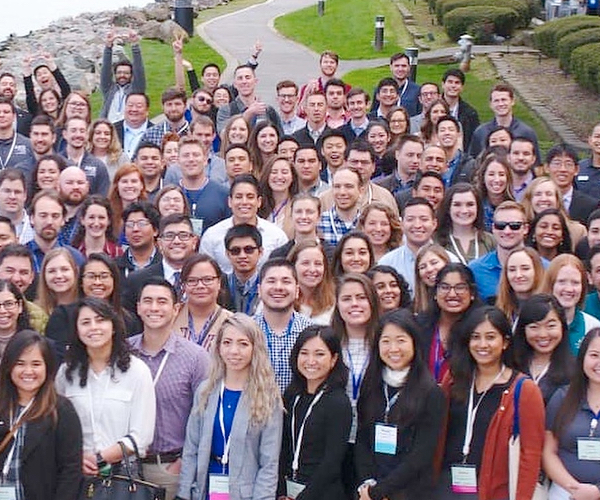Marc Levitan has been actively engaged in wind, hurricane, and tornado engineering research, practice, education and leadership for almost 30 years, including the past 10 at the National Institute of Standards and Technology (NIST). He is currently the Lead Research Engineer for the National Windstorm Impact Reduction Program (NWIRP) at NIST. Dr. Levitan served as the Lead Investigator for NIST studies of EF‐5 tornadoes that devastated Joplin, Missouri (2011) and Moore, Oklahoma (2013). He currently heads implementation of many recommendations from those investigations for changes to building codes, standards, and practices, bringing about a paradigm shift in how tornadoes are considered in the design of conventional buildings. Dr. Levitan served on FEMA’s Hurricane Maria Mitigation Assessment Team and is currently a member of NIST’s National Construction Safety Team conducting a technical investigation of Hurricane Maria and its impacts on Puerto Rico, studying wind characteristics and performance of critical facilities, including hurricane shelters, schools, and wireless communications infrastructure.
Prior to joining NIST, Dr. Levitan was the Charles P. Siess, Jr. Associate Professor of Civil Engineering at Louisiana State University. He founded the LSU Hurricane Center and served as its Director for 10 years. He also spent five years as the first Managing Director of the Wind Engineering Research Field Laboratory (WERFL) at Texas Tech University, studying wind effects on full scale buildings.
Dr. Levitan has also provided national leadership as President of the American Association for Wind Engineering and Vice President of the Applied Technology Council. He currently chairs the ASCE 7‐22 Tornado Task Committee and was the lead author on the new Chapter on Tornado Loads. He also chairs the committee responsible for the ICC/NSSA Standard for the Design and Constructing of Storm Shelters, and co‐chairs the joint ASCE/AMS committee developing a new Standard on Wind Speed Estimation in Tornadoes.















